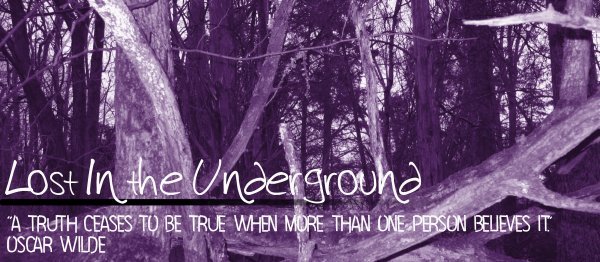I recently ordered and received a copy of Christ in the Margins which is a book of icons by Robert Lentz. As you might guess from the above paragraph, I got incredibly happy, squealed a little bit, and drove my biology major roomie up the way with "This is fascinating! Look at this! Jesus is shepherding a goat!" Br. Lentz is a contemporary iconographer who makes very interesting theological statements with his icons. Generally, he seems to be pushing the viewer to see God in all human beings and in unexpected places, but he does some other interesting things.
 This icon of Juan Diego caught my eye. The image of Our Lady of Guadalupe is probably one of the most common in the world. Even my roomie, who is basically indifferent to religion, recognizes it. Sadly, other than this image, the only visual depiction of Juan Diego that I can remember seeing is from a Wishbone episode. (Granted, I was raised in the Church of Christ, where Mary isn't popular and definitely doesn't make appearances, so I was only familiar at all with the story through Wishbone. There might be more depictions of Juan Diego floating around.) However, what really caught my attention was the posing of Diego with the icon of Our Lady suspended over his torso. It was a pose that I, in the short time that I have been studying, looking at, getting excited about icons, come to associate only with the icon of "Our Lady of Sign." Mind you, my association could be incorrect.
This icon of Juan Diego caught my eye. The image of Our Lady of Guadalupe is probably one of the most common in the world. Even my roomie, who is basically indifferent to religion, recognizes it. Sadly, other than this image, the only visual depiction of Juan Diego that I can remember seeing is from a Wishbone episode. (Granted, I was raised in the Church of Christ, where Mary isn't popular and definitely doesn't make appearances, so I was only familiar at all with the story through Wishbone. There might be more depictions of Juan Diego floating around.) However, what really caught my attention was the posing of Diego with the icon of Our Lady suspended over his torso. It was a pose that I, in the short time that I have been studying, looking at, getting excited about icons, come to associate only with the icon of "Our Lady of Sign." Mind you, my association could be incorrect. (I "borrowed" this particular version from this website.)
(I "borrowed" this particular version from this website.)As I'm quickly becoming fascinated with gender norms and gender constructions, I was drawn to Br. Lentz's icon by the reversal of gender roles. I'm not sure whether the reversal was intention or unintentional (given the theology of Br. Lentz's other icons, I suspect intentional), but it raised the question in my mind of how iconography can be used to subtly push the bounds of theology and, particularly, of Christology. I am fascinated by alternate Christologies.
I was, of course, delighted and giddy.


No comments:
Post a Comment